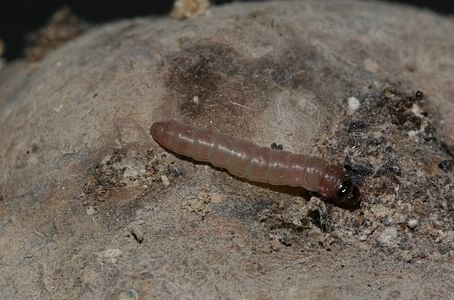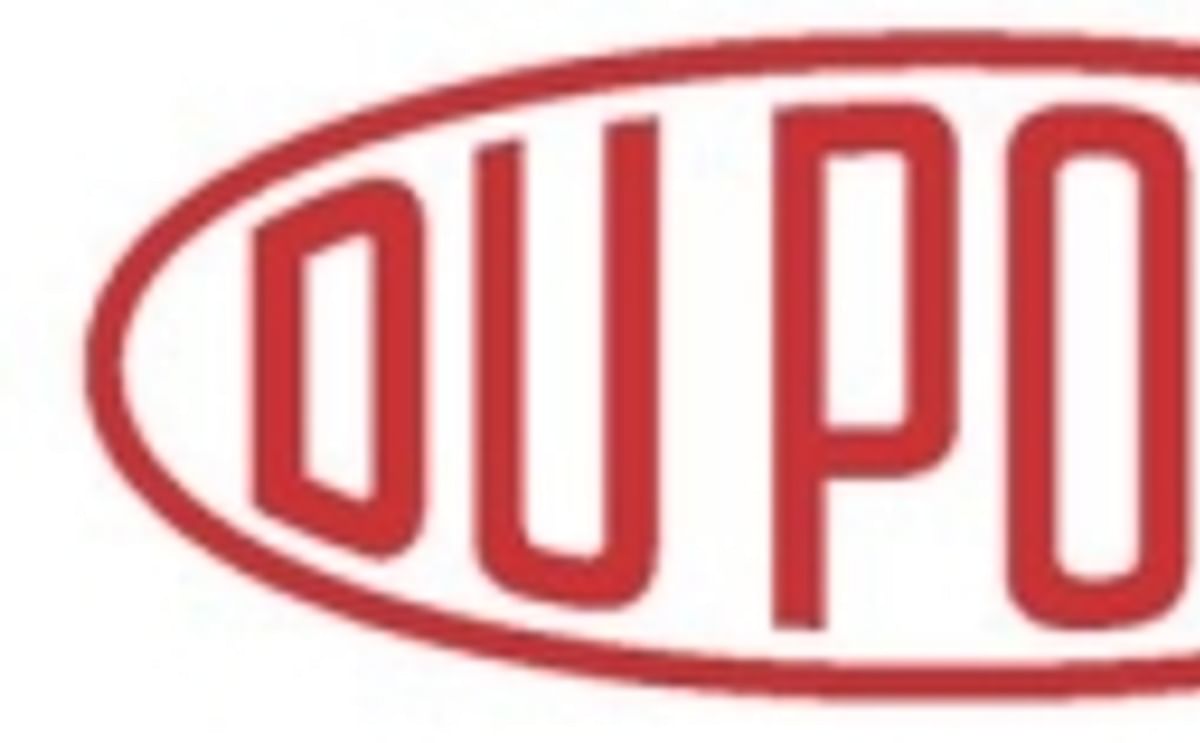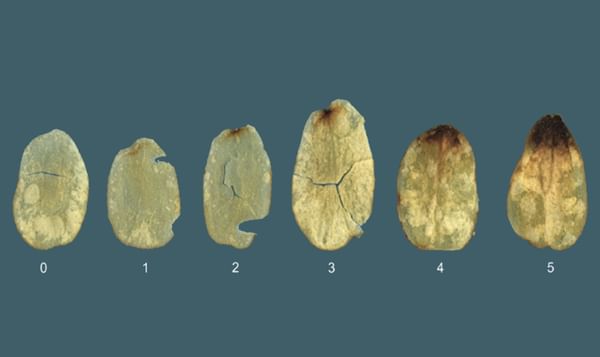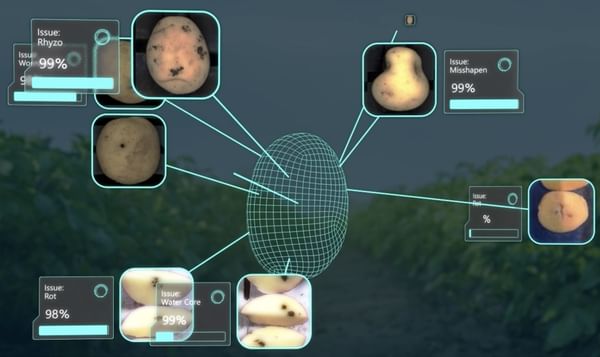Potato Tuber Moth (Phthorimaea operculella) populations are on the increase across southern Europe, particularly around Mediterranean basin, and are likely to lead to significant in-store losses and threaten the trade of infected tubers.
This is the warning from DuPont following its monitoring of pest populations for the past three years. “We have seen a significant increase in Potato Tuber Moth populations and in-store damage since we started our monitoring,” says the company’s Giuseppe Ceparano. “Our pest traps have highlighted that the moth is rapidly becoming a significant pest of potatoes in the warmer growing regions such as Turkey, Greece, Italy and Egypt. However, we have also seen the pest moving steadily northwards with reports that it has now reached as far as the south of France.”

Damage caused by the Potato Tuber Moth can make potatoes coming out of store unsaleable
“The best control is achieved by managing the pest in the field, so the number of eggs on tubers carried into storage is reduced” advises Mr Ceparano. “The optimum time for in-field treatment is prior to harvest. Monitoring the flight of adults and spraying when threshold levels are reached will interrupt the lifecycle and reduce the number of eggs able to infect tubers”.

Most damage occurs when eggs hatch into larvae in-store, so pre-harvest sprays to prevent egg-laying are critical
Mr Ceparano believes that increased monitoring by DuPont can also improve a grower’s knowledge of the lifecycle and habits of the potato tuber moth and thus further improve its management. “Small changes in agronomic practices, irrigation methods and harvest management, combined with an appropriate spray programme and careful consideration of transport and storage conditions could help form part of a blueprint for preventing losses caused by this important potato pest.”











